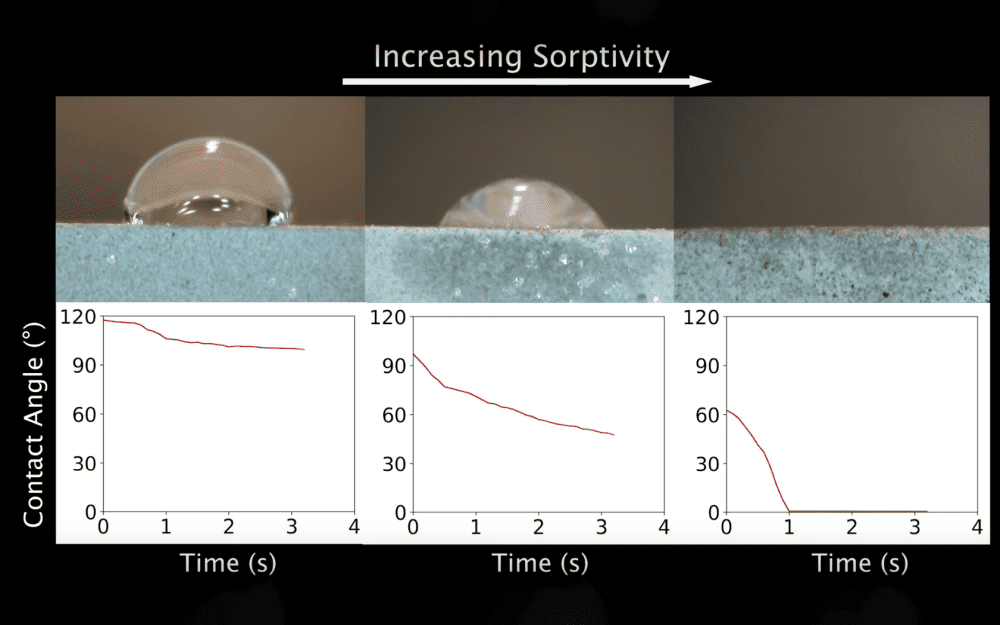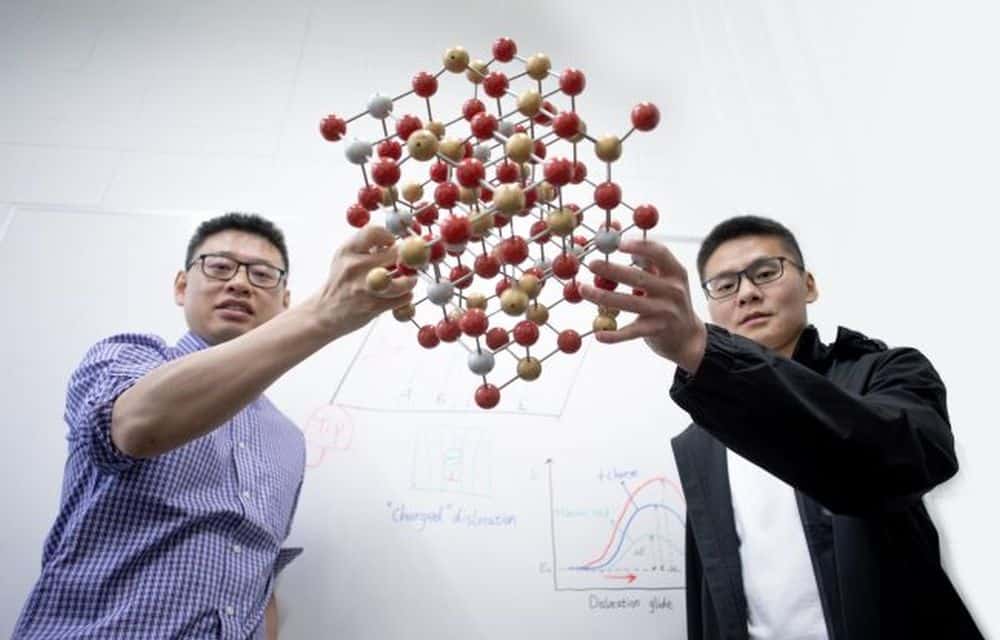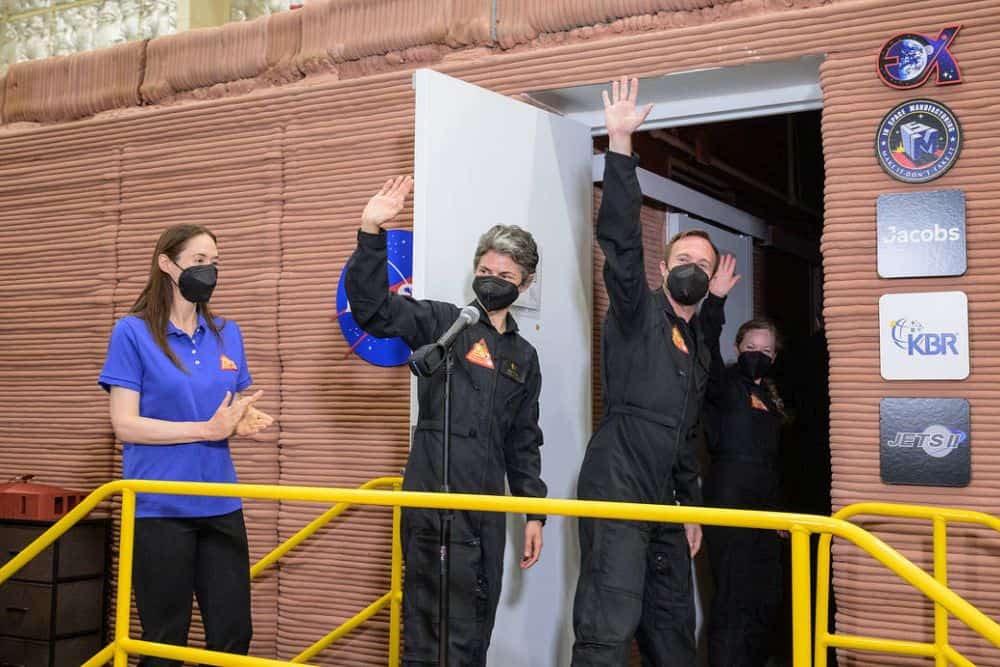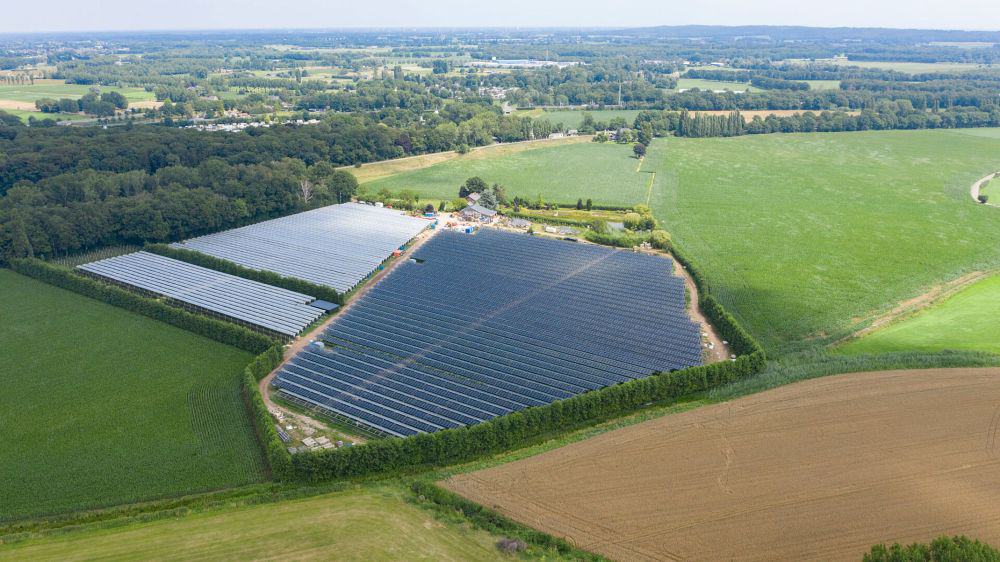Testing the durability of building materials is typically a slow, tedious, and labor-intensive process. Researchers at the University of Illinois Urbana-Champaign used computer vision to develop a fast and affordable method for testing cement durability, demonstrating the potential to improve quality control in the cement industry through automated methods.
Read MoreCreating carbon nanotubes on foil, mining minerals using algae, and other materials stories that may be of interest for July 26, 2023.
Read MoreWhile some studies have demonstrated that electric fields and light exposure can affect the motion of dislocations in ceramics, the principal driving force of motion in these cases was mechanical stress. Now, an international group of researchers showed dislocation motion in a single-crystalline zinc sulfide can be controlled using only an external electric field.
Read MoreSCHOTT conducts successful laboratory tests with 100% hydrogen, Japan steps up energy diplomacy with Middle East tour in push for ‘stable’ ties, and more ceramic and glass business news of the week for July 24, 2023.
Read MoreKeeping nanosurfaces clean, irregularly arranged crystal structures, and other materials stories that may be of interest for July 19, 2023.
Read MoreCeramics and glass are often considered to be inert materials, but such stability is not always the case. Researchers in Japan demonstrated that certain ceramic glazes could potentially degrade the catechins found in tea under specific laboratory conditions, though future studies would need to confirm the results in a more realistic setting.
Read MoreASU and Applied Materials to create Materials-to-Fab Center, Şişecam signs gender equality initiative, and more ceramic and glass business news of the week for July 17, 2023.
Read MorePlayers in the cement and concrete sectors are working diligently to achieve a reduction in emissions. However, there are multiple gaps in knowledge about the extent of these emissions, which makes it difficult to determine how effective new initiatives are at reducing emissions. A group of researchers from several universities in the United Kingdom are conducting a large-scale study to help fill this knowledge gap.
Read MoreDespite the recorded benefits of co-locating solar panels and crops, the erroneous belief that photovoltaics and agriculture are an either/or situation remains a common perspective in governing bodies around the world. In the past month, two media announcements out of the Netherlands reveal how a proposed ban on solar deployments on agricultural land could severely hamper the country’s budding agrivoltaic industry.
Read More







